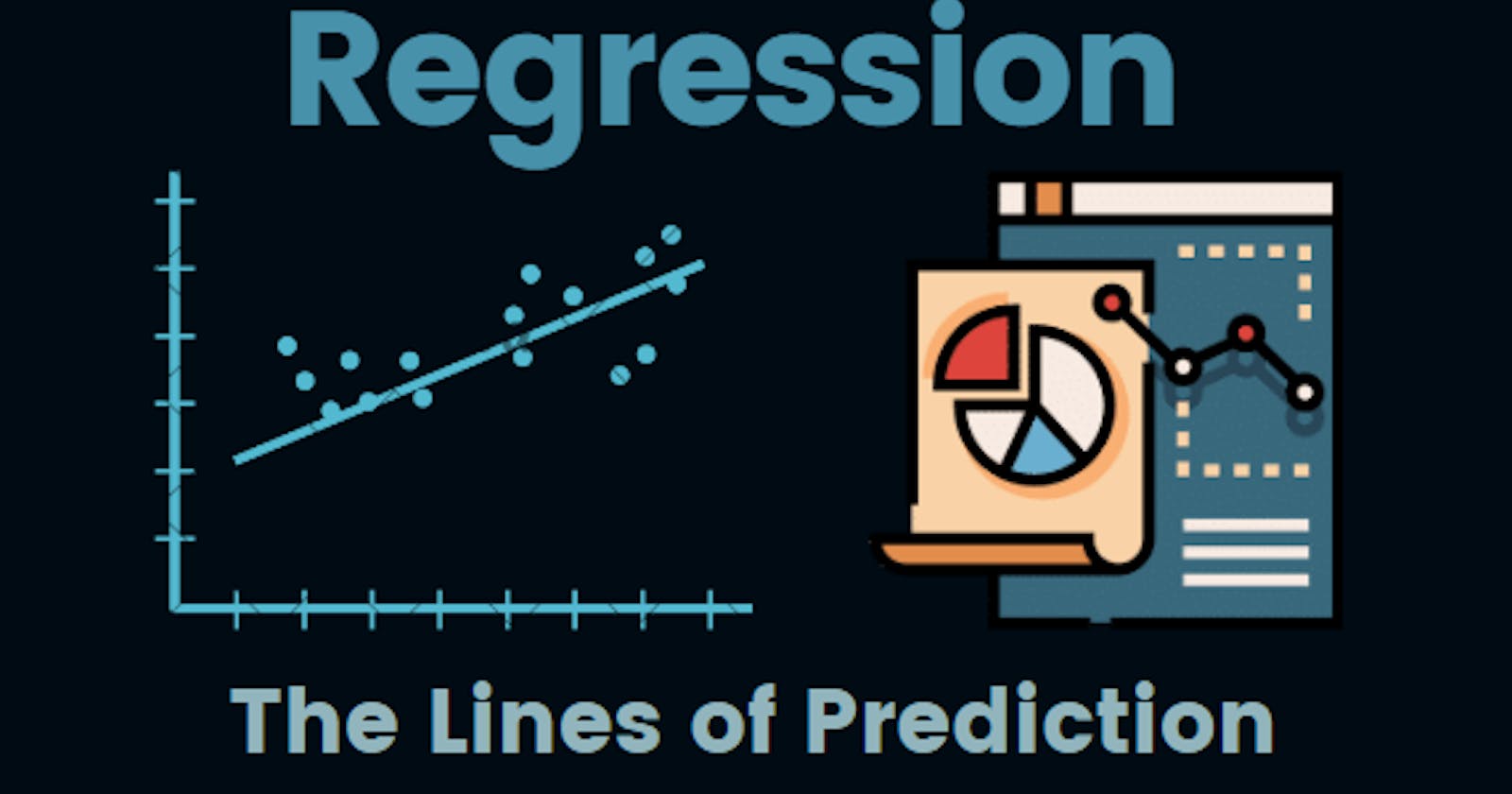Introduction
Welcome to the Data Realm ;)
In the vast field of machine learning, regression models are widely employed for predicting continuous numerical values. These models play a crucial role in various domains, such as finance, healthcare, and marketing. In this blog, we will delve into the intricacies of regression models, providing a detailed overview of different algorithms along with insightful images and graphs to facilitate understanding. Let's embark on this exciting journey through the realm of regression models.
What is the role of regression in Machine Learning?
The role of regression in machine learning is primarily focused on predicting continuous numerical values or estimating the relationships between variables. It plays a crucial role in various aspects of machine learning, including:
Prediction
Relationship Modeling
Feature Importance
Outlier Detection
Evaluation of Model Performance
Model Interpretation
The Basis for Other Techniques
What are the types of Regression?
Linear Regression:
Linear regression is one of the simplest and most widely used regression models. It establishes a linear relationship between the independent variables (features) and the dependent variable (target) using the equation: y = mx + c. Here, 'm' represents the slope and 'c' denotes the intercept. The model aims to minimize the sum of squared residuals to find the best-fit line. The graph below illustrates a linear regression line fitted to a set of data points.
Polynomial Regression:
When the relationship between the independent and dependent variables is nonlinear, polynomial regression comes into play. It expands the linear regression equation by introducing polynomial terms. The degree of the polynomial determines the flexibility of the model. The graph below showcases a polynomial regression of degree 2, capturing the curvature in the data.
Ridge Regression:
Ridge regression is a regularization technique used to mitigate the problem of multicollinearity in linear regression. It adds a penalty term (L2 regularization) to the loss function, which helps in shrinking the coefficients toward zero. By controlling the regularization parameter, we can balance model complexity and overfitting. The plot below demonstrates the effect of varying the regularization parameter on the coefficient values.
Lasso Regression:
Similar to ridge regression, lasso regression also addresses multicollinearity but employs L1 regularization. It not only shrinks coefficients but can also perform feature selection by driving some coefficients to exactly zero. The graph below represents the coefficient paths in lasso regression, showing the effect of the regularization parameter on feature selection.
Elastic Net Regression:
Elastic Net regression combines both ridge and lasso regularization methods to leverage their respective advantages. It adds both L1 and L2 penalty terms to the loss function, allowing for a flexible balance between feature selection and coefficient shrinkage. The image below illustrates the trade-off between L1 and L2 penalties.
Decision Tree Regression:
Decision tree regression is a non-parametric model that breaks down the data into a hierarchical structure of decisions and conditions. It predicts the target variable by averaging the values of the training instances within each leaf node. The graph below depicts a decision tree regression model applied to a dataset.
Random Forest Regression:
Random forest regression is an ensemble model that combines multiple decision trees to make predictions. It generates a multitude of trees and averages their predictions to produce a more robust and accurate outcome. The plot below illustrates the aggregation of decision trees in a random forest.
Conclusion
Regression models are a powerful tool in the field of machine learning for predicting continuous numerical values. In this blog, we explored various regression models, including linear regression, polynomial regression, ridge regression, lasso regression, elastic net regression, decision tree regression, and random forest regression. By understanding the underlying principles and visualizing the graphs and images, we gain a deeper comprehension of how these models work and their respective strengths. Armed with this knowledge, we can apply the appropriate regression model to solve real-world problems effectively.
Until then, Safe Travels Wanderers!!
